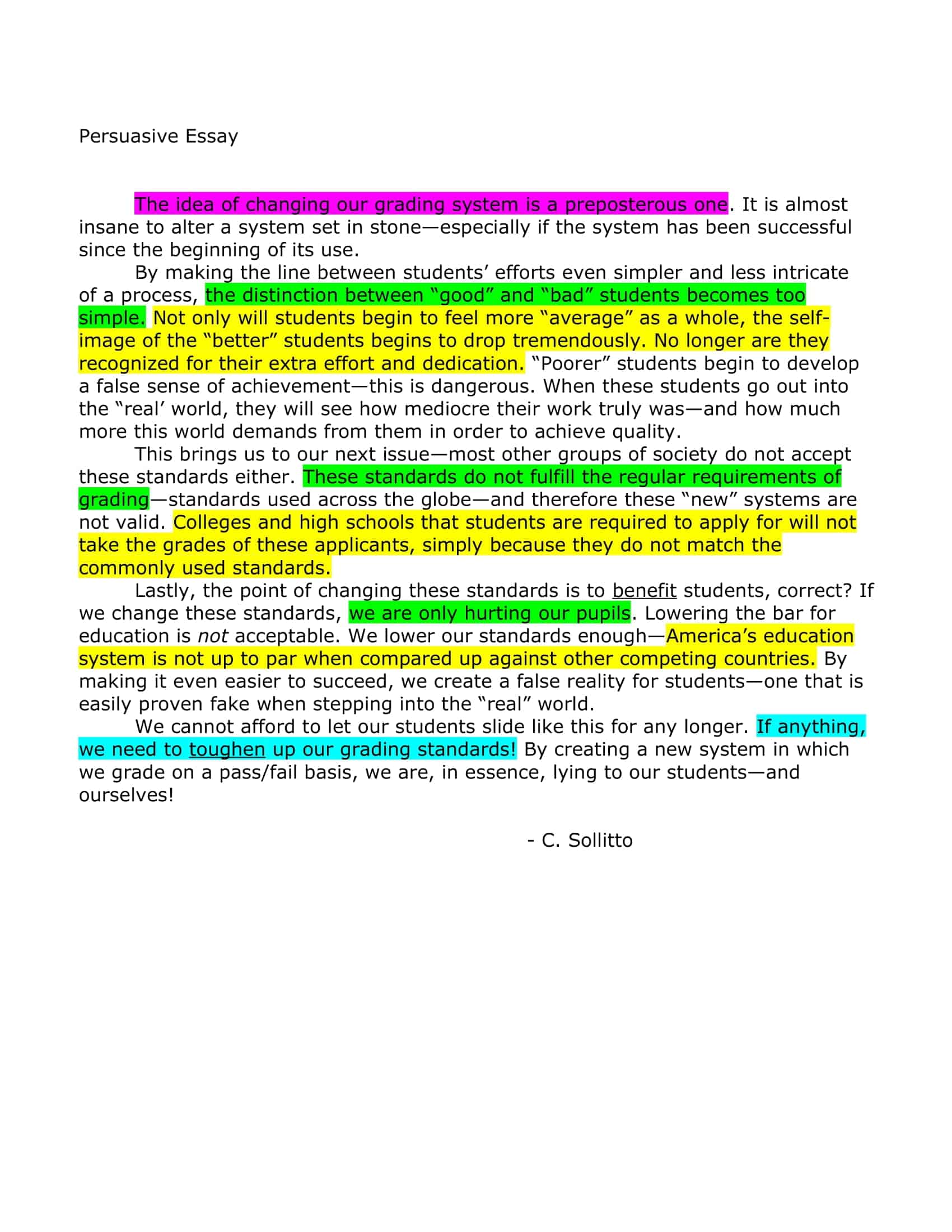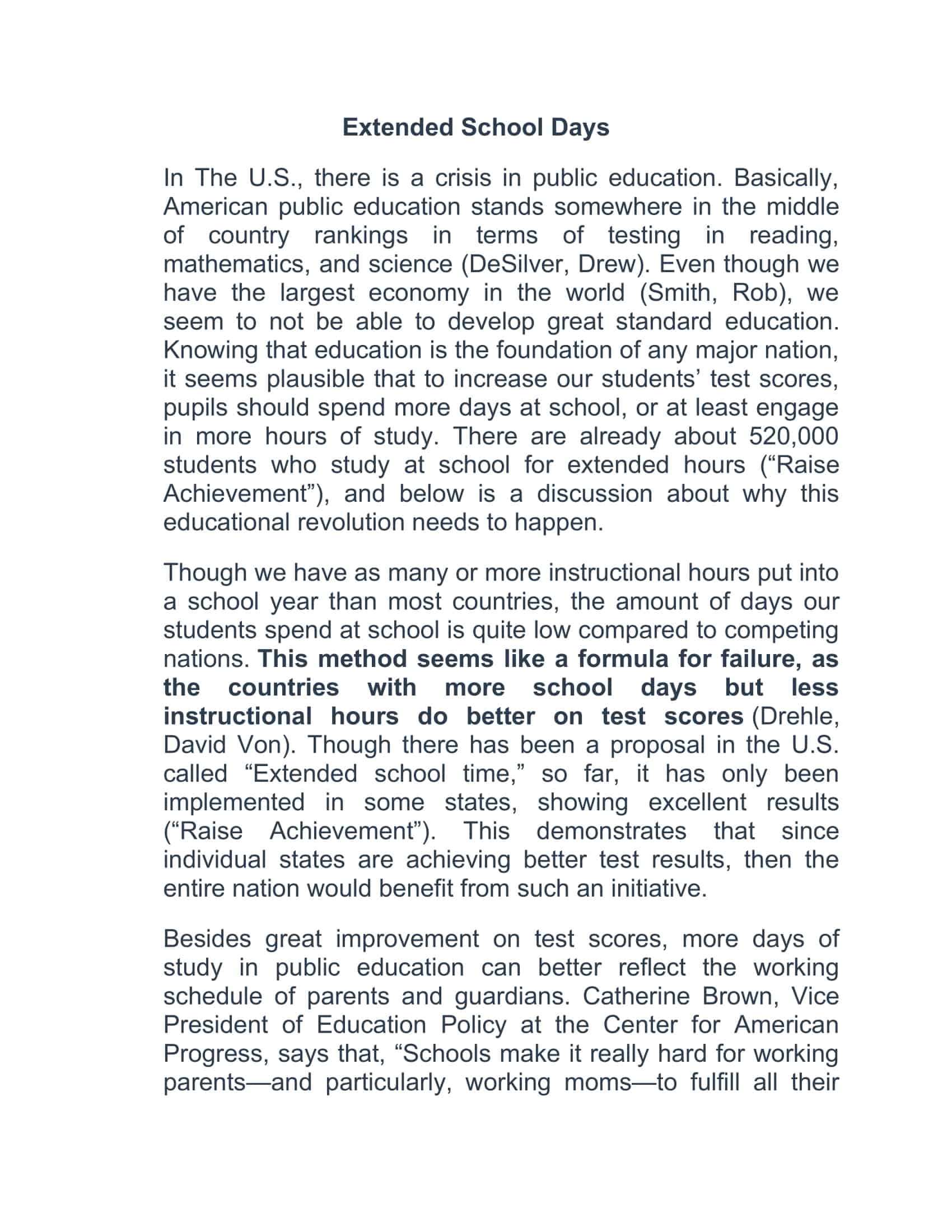A persuasive essay isn’t just a place to state opinions; it’s a deliberately designed journey that guides the reader’s thinking. Many people pick up the pen and think, ‘How should I write the introduction paragraph?’; then, they hastily pile up a heap of evidence and finish with a quick ‘conclusion’ sentence. Although well-intentioned, this approach is structurally weak and rarely persuasive. A strong persuasive essay rests on a sequence: reader analysis → strategic positioning → curated evidence → counterargument neutralization → call to action. We have developed more than 60 persuasive essay templates built on these standards. The collection provides both clean fill-in templates and fully worked persuasive essay examples.
Table of Contents
Core Principles of Effective Persuasion

Readers are not “blank slates”: they bring preconceptions, reflexive objections, and emotional triggers. In our templates, the first box captures the “Default Belief / Bias.” You chart the terrain before drafting the thesis.
A claim is fragile alone: if data (grounds), warrant, and backing are disconnected, you may write more paragraphs yet lose persuasive power. The Toulmin mini-block layout places each element on one line, making any break in the chain instantly visible.
Ignoring counterarguments isn’t persuasion; it’s avoidance. The “Refutation Strip” prompts you to steelman the objection, then choose a refutation strategy (data, logic, or values).
Emotional resonance can be planned: The Ethos–Pathos–Logos areas visually reveal imbalance when adding evidence (e.g., just piling up statistics and not establishing an emotional connection).
Persuasive Essay Templates
How to Start Using the Templates
- Write the core claim, not the topic: Not neutral like “Late start times in schools are beneficial.””Starting high school classes before 08:30 significantly improves your acth.”
- After filling in the Hook box in the Foundational template, stop: In the reader bias field, handwrite the typical person’s first objection to hearing this claim. You map out the resistance before you’ve even produced a paragraph.
- Do not produce the ‘paragraph body’ until you have entered data into the Evidence Log: First, look at the balance of source types (statistics/case/authority opinion/analogy). If the weight has shifted to one type, look for new evidence, then draft.
- Do not leave the Refutation Strip blank: If there is no objection, there is a declaration, not a persuasion. Select at least one substantive counterargument.
Template Picks by User Profile
- High School & College Students: Foundational + Counterargument Focus Combination.
- Blog/Content Marketers: Call-to-Action Variant + Rhetorical Appeals Tracker.
- Academic/Politics Writers: Argument Map Layout + Data & Evidence Log.
Editing Cycle: A Practical Guide
Skeleton Stage: Fill in only the thesis, three reasons, and counterargument boxes.
Adding Evidence: Fill in the Evidence Log and identify the missing types (for example, expert opinion).
Draft Writing: Turn the piecemeal blocks in the template into paragraphs; see the block boundaries with guide lines.
Rhetorical Balance Check: Review the Appeals Tracker distribution (Ethos/Pathos/Logos).
Language & Flow Revision: Scan the Transitions Checklist for (because/despite / moreover / as a result) lines; mark paragraph breaks.
Minimal Final Check: Read the claim sentence on its own — is it still clear? Then put the first sentence of each body paragraph one below the other; is the order of logic fluent?
Download the Free Collection and Start Your First Draft
All our Persuasive Essay Template files are free and watermark-free; you can print Word & PDF versions, collaborate with Google Docs & Sheets versions, and add a visual storytelling layer with Canva layouts. Focus on building your persuasion strategy, not your topic: Open the template, fill in the thesis block, line up the evidence blocks, and elevate your first draft from “scattered idea” to “planned argument” in minutes.






























































![Free Printable Roommate Agreement Templates [Word, PDF] 1 Roommate Agreement](https://www.typecalendar.com/wp-content/uploads/2023/06/Roommate-Agreement-150x150.jpg)
![Free Printable Credit Card Authorization Form Templates [PDF, Word, Excel] 2 Credit Card Authorization Form](https://www.typecalendar.com/wp-content/uploads/2023/06/Credit-Card-Authorization-Form-150x150.jpg)
![Free Printable Stock Ledger Templates [Excel,PDF, Word] 3 Stock Ledger](https://www.typecalendar.com/wp-content/uploads/2023/08/Stock-Ledger-150x150.jpg)
